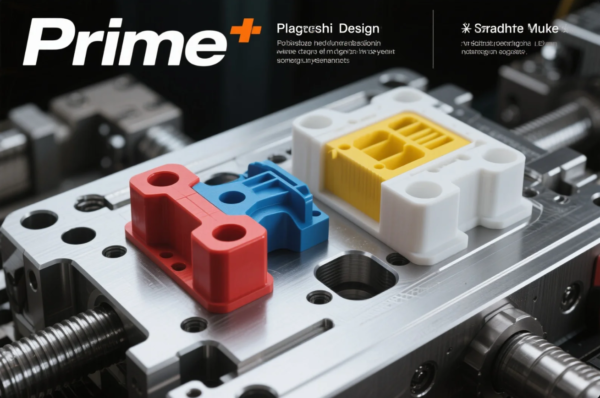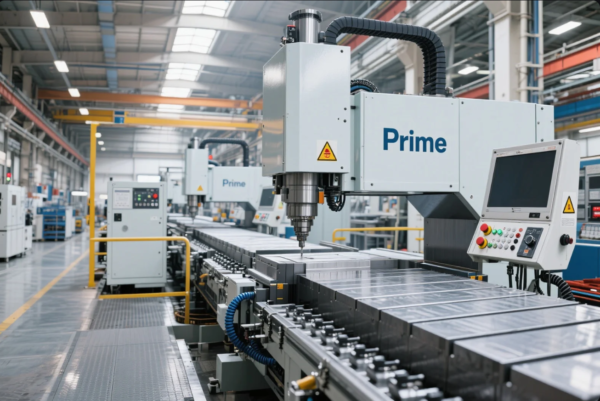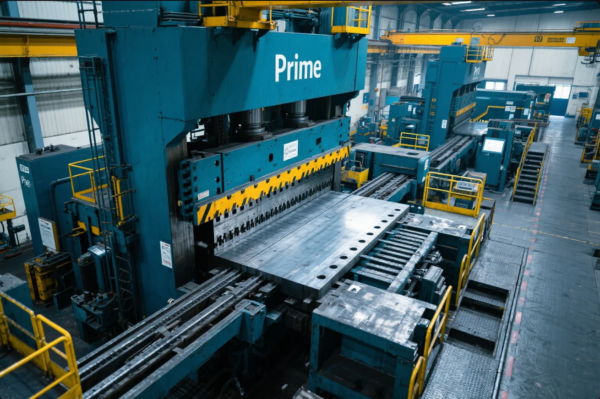Can You Forge Metal at Home?
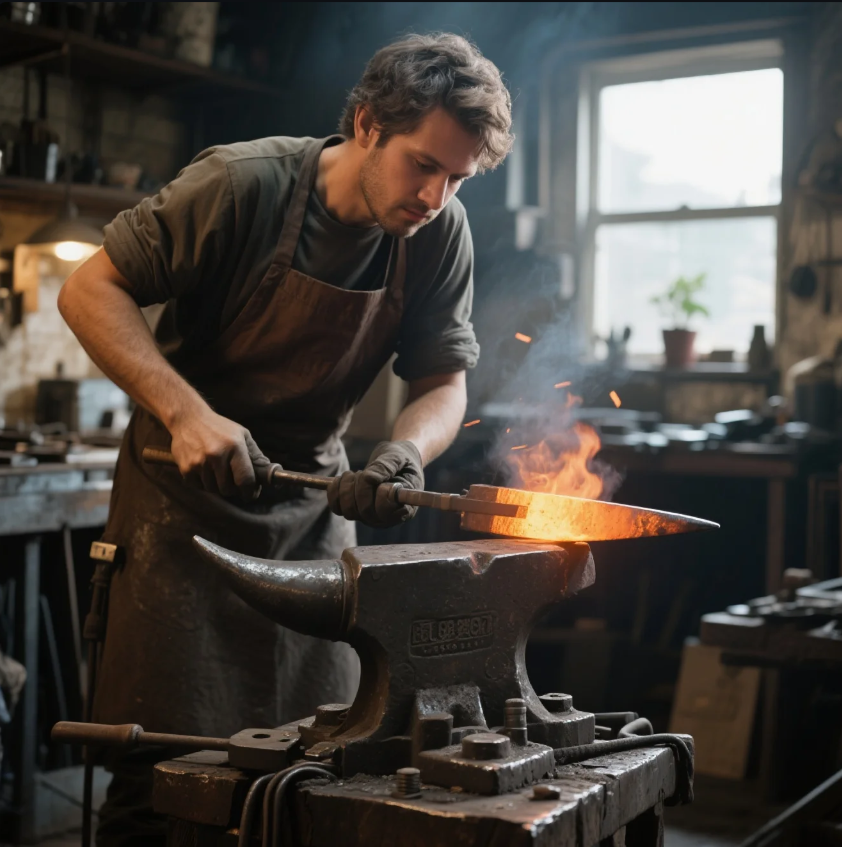
Forging metal is an ancient craft that has evolved over centuries. For many hobbyists and DIY enthusiasts, the idea of forging metal at home is both exciting and challenging. While professional forging requires specialized equipment, it is indeed possible to forge metal at home with the right tools, materials, and techniques. In this article, we will explore how to forge metal at home and the tools you’ll need to get started.
Snippet paragraph: Forging metal at home is possible with the right tools and techniques, allowing DIY enthusiasts to create custom metal parts and projects.
If you’re considering forging metal as a hobby or small-scale project, here’s what you need to know.
Is It Possible to Forge Steel at Home?
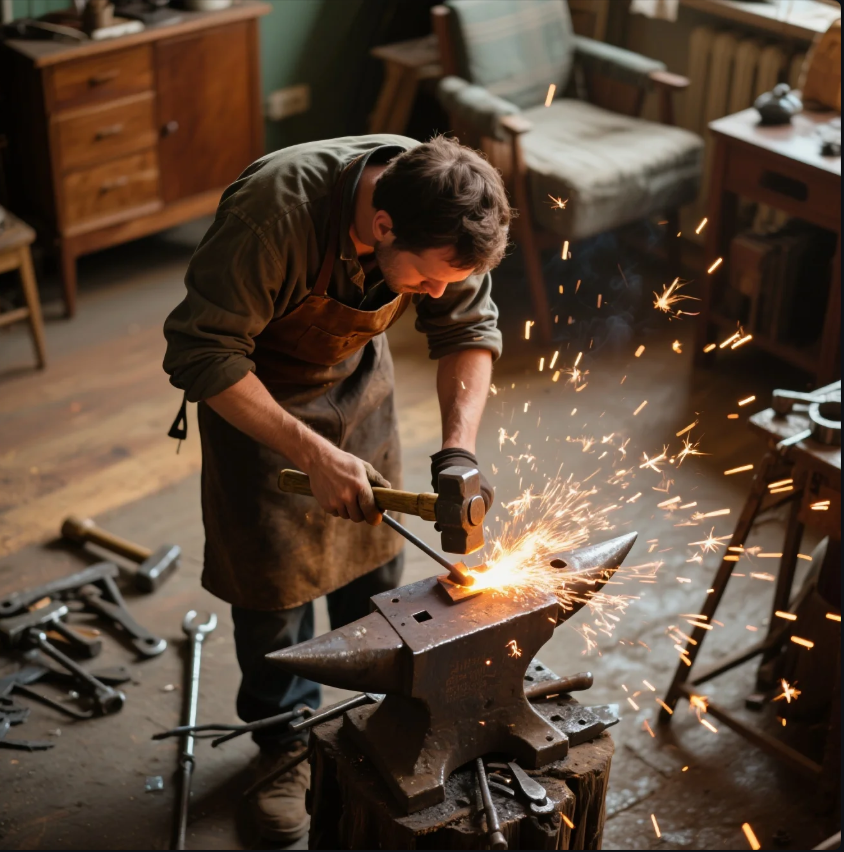
Yes, it is possible to forge steel at home, though it requires the right tools and safety precautions. Steel is one of the most commonly forged metals, and it’s a great material for creating strong, durable parts. However, forging steel requires significant heat, as the metal must be heated to temperatures above 1,300°F (704°C) to become malleable.
Basic Tools Needed for Home Steel Forging:
- Forge: A small propane forge or coal forge can generate the necessary heat to forge steel. Propane forges are more common for home use due to ease of operation.
- Anvil: A solid anvil is essential for shaping the steel. You can buy an anvil or create a makeshift one from heavy scrap metal.
- Hammers: A variety of hammers, including blacksmithing hammers and ball peen hammers, are necessary for shaping and flattening the steel.
- Tongs: To safely hold hot steel pieces, tongs are crucial in the forging process.
- Quenching Tank: After forging, steel needs to be cooled quickly, often in water or oil, to harden the metal.
While forging steel at home is possible, it requires a good understanding of the process and proper equipment for safety and efficiency.
What Is the Easiest Metal to Forge With?
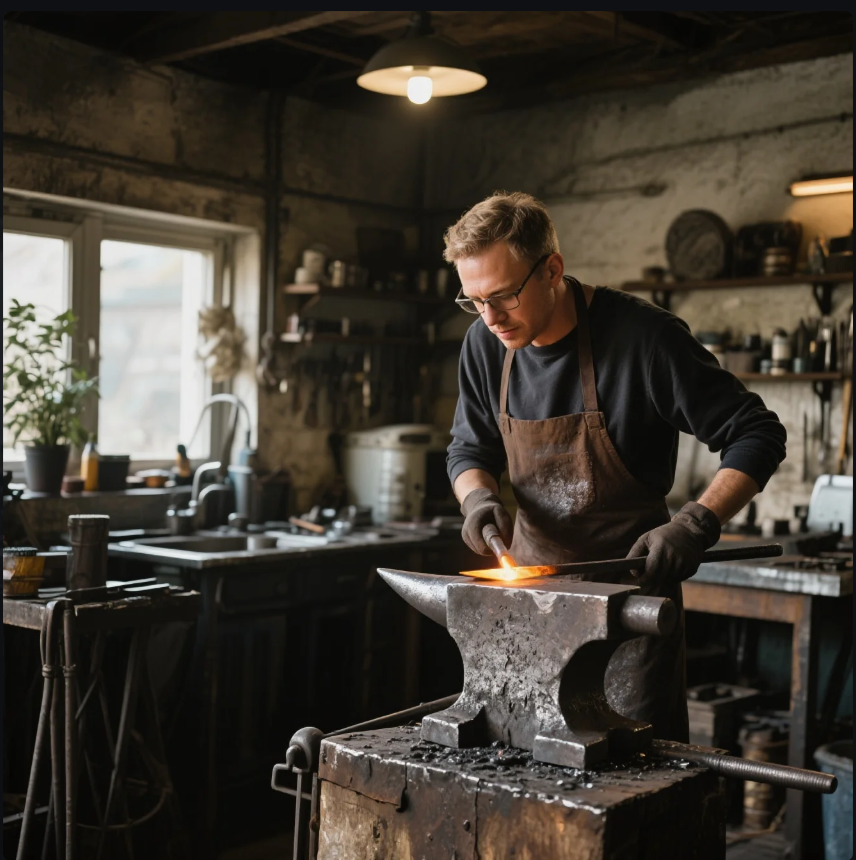
The easiest metal to forge with for beginners is mild steel. Mild steel has a low carbon content, making it more malleable and easier to shape at lower temperatures than other steels. It’s also widely available, making it an ideal starting point for those new to forging.
Why Mild Steel Is Easy to Forge:
- Malleability: Mild steel can be easily manipulated when heated, which is perfect for beginners learning to shape metal.
- Lower Forging Temperature: Mild steel can be forged at relatively lower temperatures compared to high-carbon steels, reducing the need for extreme heat.
- Affordability: It is inexpensive and readily available, making it ideal for practicing techniques and creating projects at home.
Mild steel is often used for creating tools, knife blades, and artistic pieces due to its versatility and ease of use.
What Metals Cannot Be Forged?
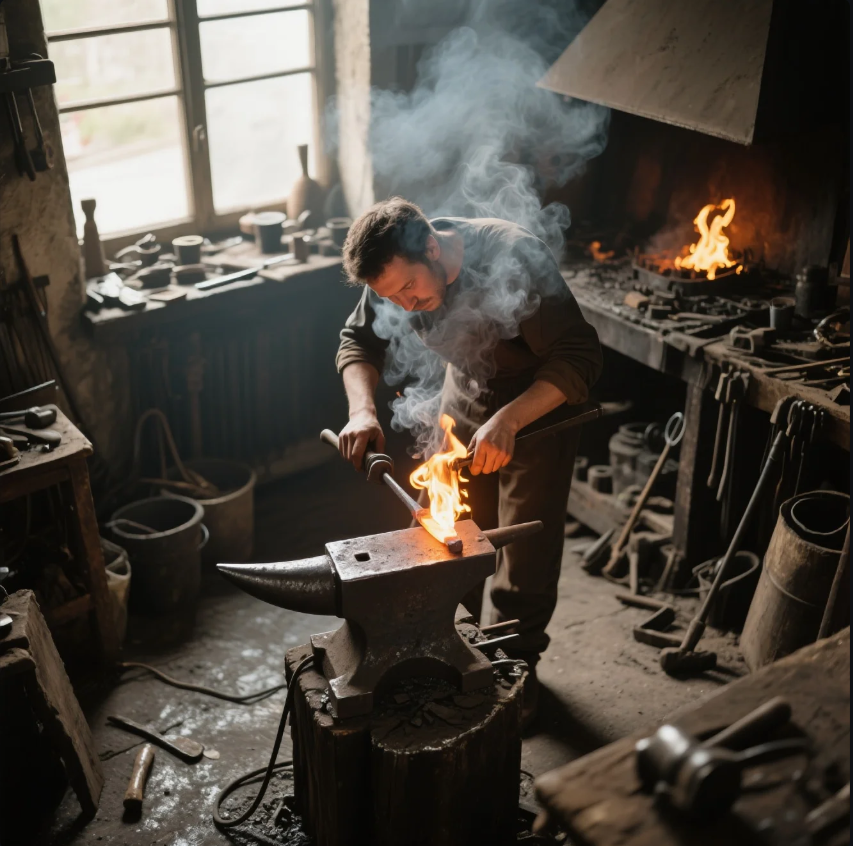
While many metals can be forged, some cannot be worked using traditional forging methods due to their physical properties. Metals that are too brittle, too hard, or lack malleability generally cannot be forged effectively.
Metals That Cannot Be Forged:
- Cast Iron: Cast iron is too brittle to forge. It’s prone to cracking when subjected to pressure and high temperatures.
- Lead: Lead is too soft and malleable for forging. It lacks the strength required to maintain its shape under stress.
- Beryllium: Beryllium is brittle and toxic, making it dangerous and difficult to forge.
- Certain High-Carbon Steels: While some high-carbon steels can be forged, those with extremely high carbon content tend to be too brittle for forging without specialized equipment.
These metals are typically better suited for casting or other processes that don’t require the material to withstand the pressures involved in forging.
What Do They Sprinkle on Metal When Forging?
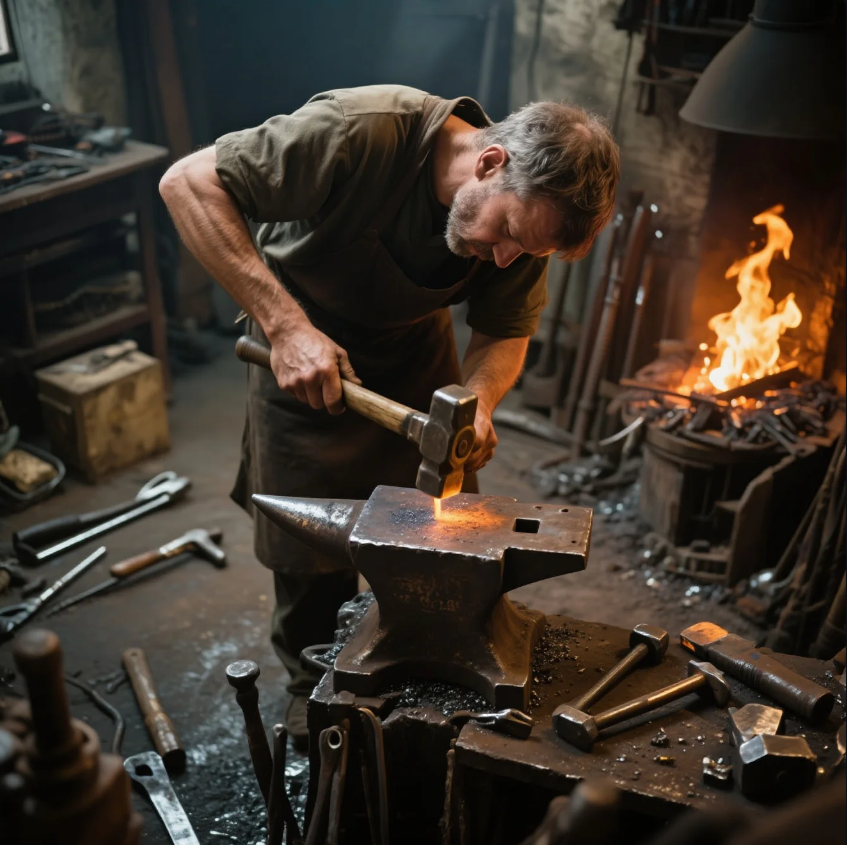
When forging metal, blacksmiths and forgers often sprinkle a substance called borax onto the metal. Borax is a type of flux that helps prevent oxidation and scale formation during the forging process. The high temperatures involved in forging can cause metal to react with oxygen, forming a layer of oxide (scale) on the surface. This scale can weaken the metal and affect its finish.
Purpose of Borax and Other Fluxes:
- Prevents Scale Formation: Borax creates a barrier between the metal and the oxygen in the air, reducing the formation of scale.
- Improves Heat Transfer: It helps the metal heat evenly, making the forging process more efficient.
- Eases Shaping: Flux helps lubricate the surface, making it easier to shape the metal with hammers and other tools.
Other types of fluxes may also be used, depending on the material being forged, but borax is the most common for steel.
Conclusion
Forging metal at home is possible with the right tools and safety precautions, especially when working with materials like mild steel. Whether you're creating tools, parts, or artistic pieces, forging is a rewarding and creative process. By understanding the basics of metal forging, including the materials you can work with and the tools needed, you can successfully forge metal at home. If you need high-quality forged parts for your projects, Prime offers expert forging services for custom and industrial needs. Contact us today for a consultation or custom quote.



